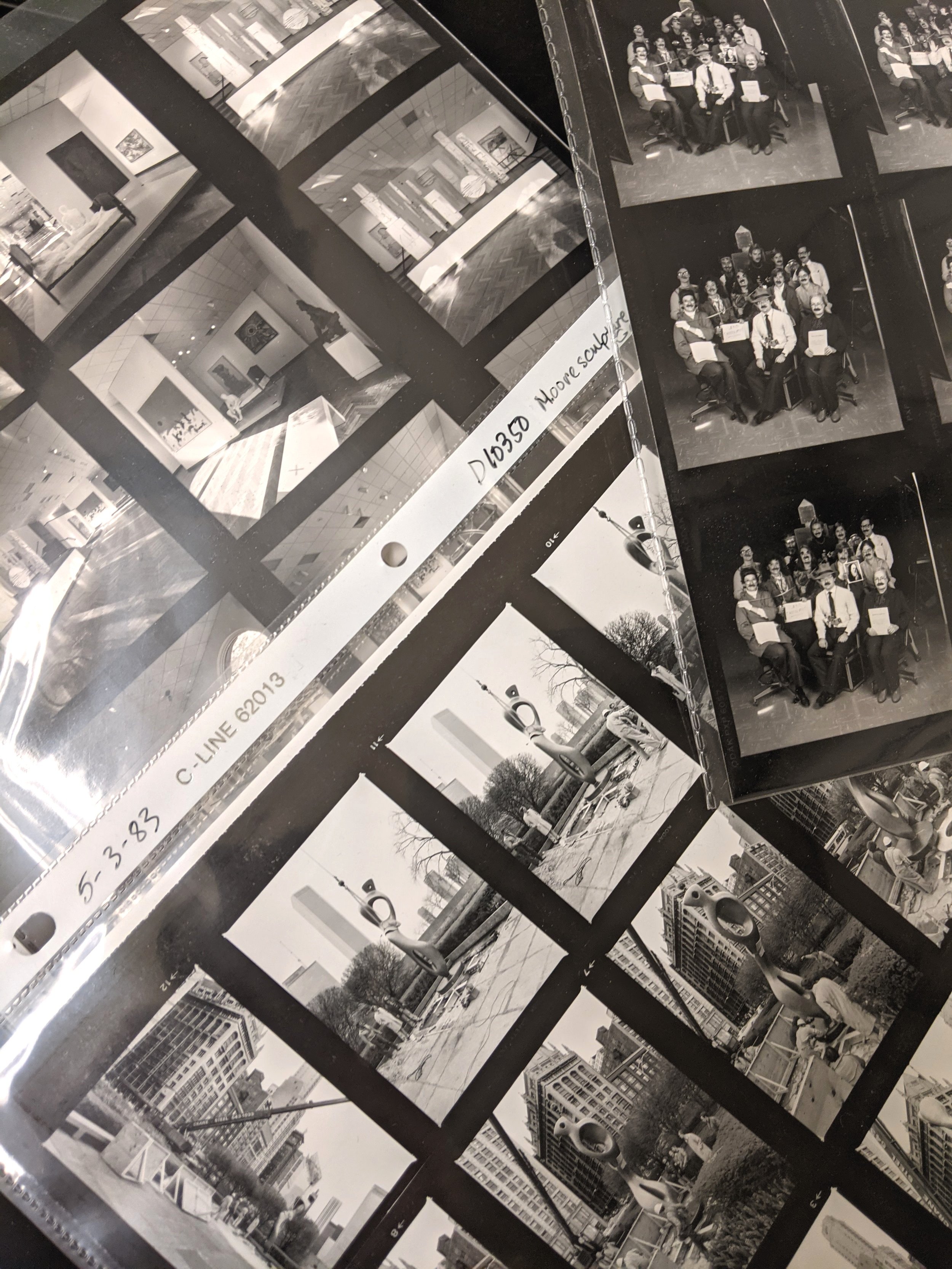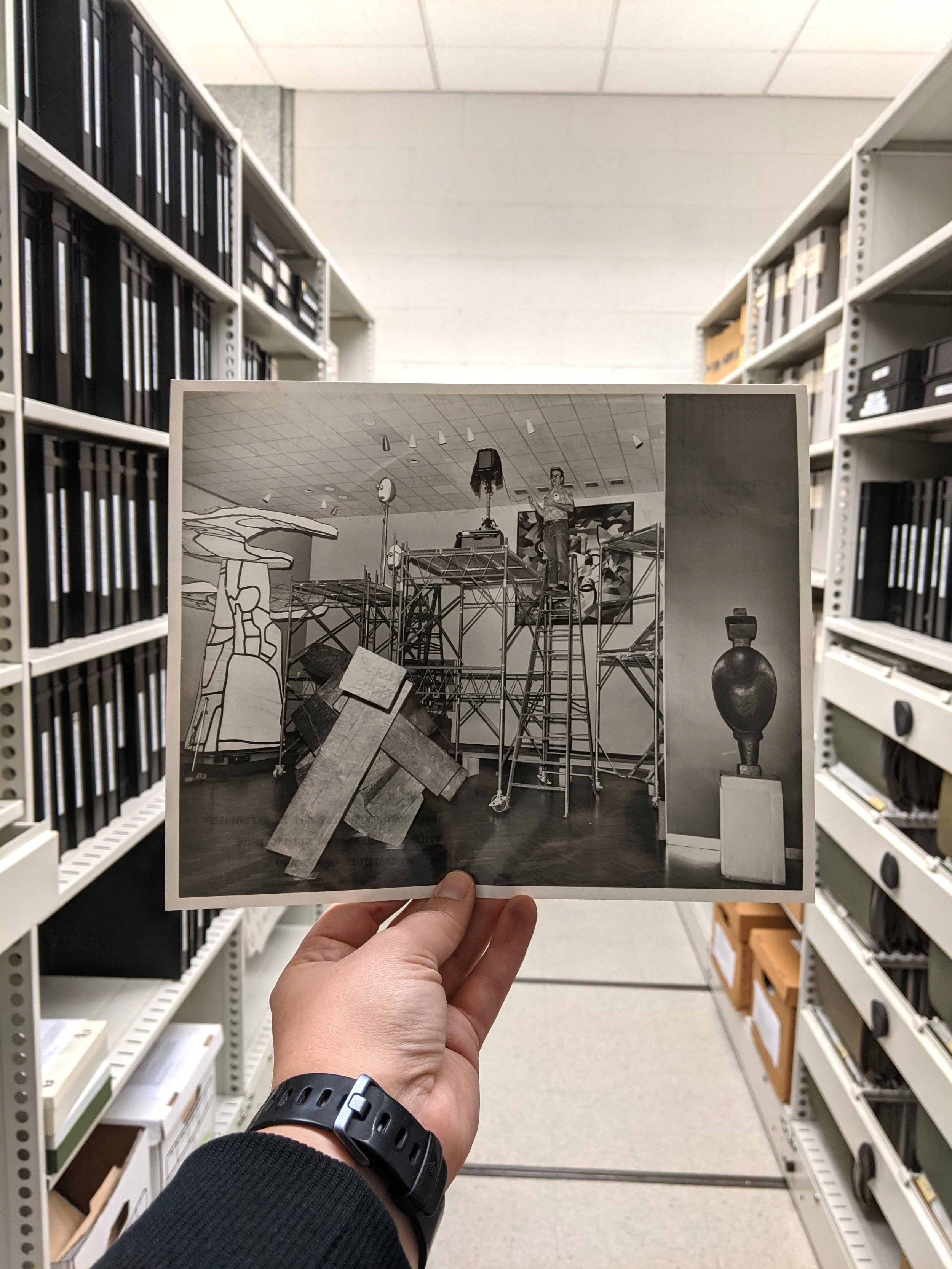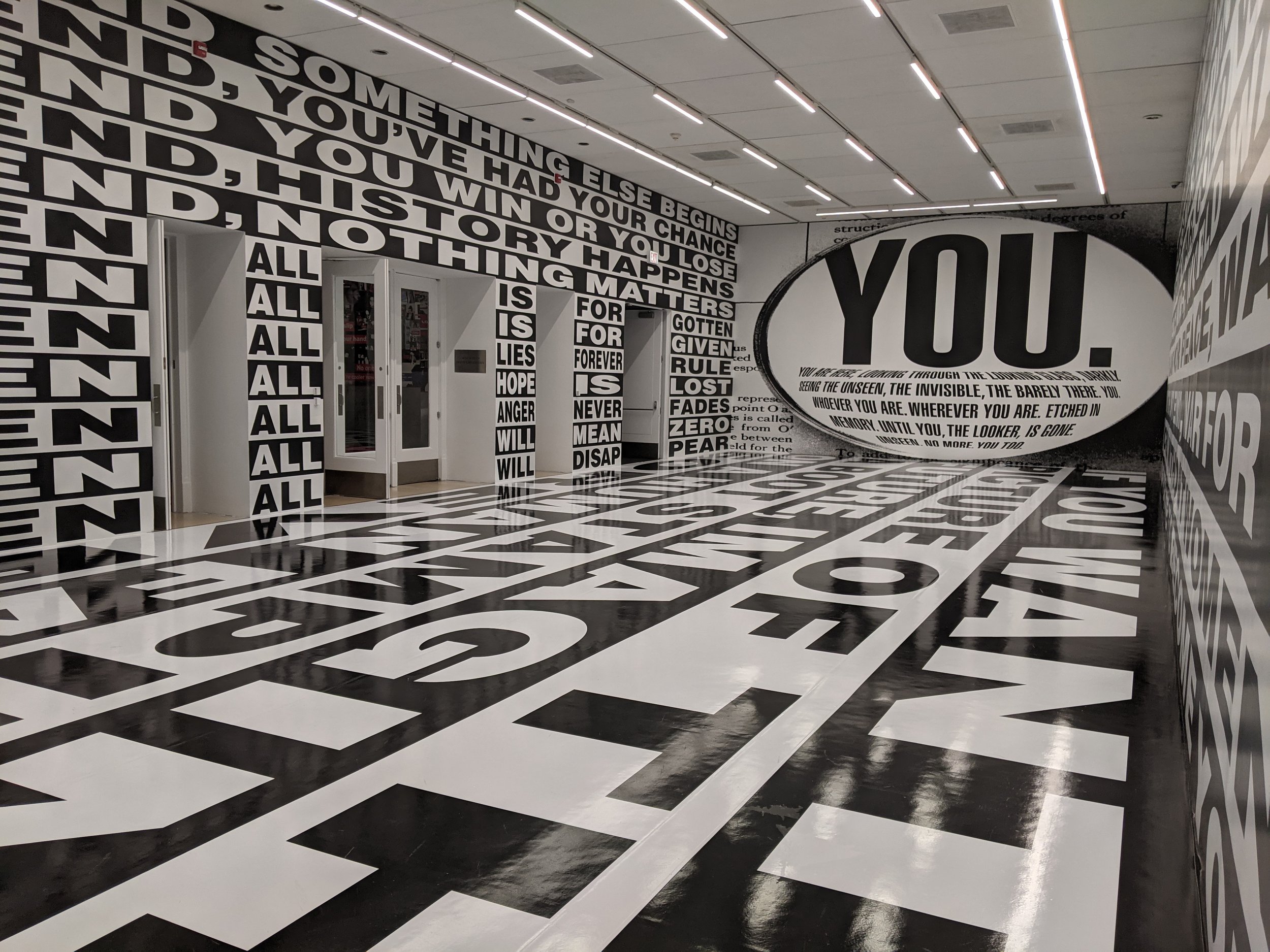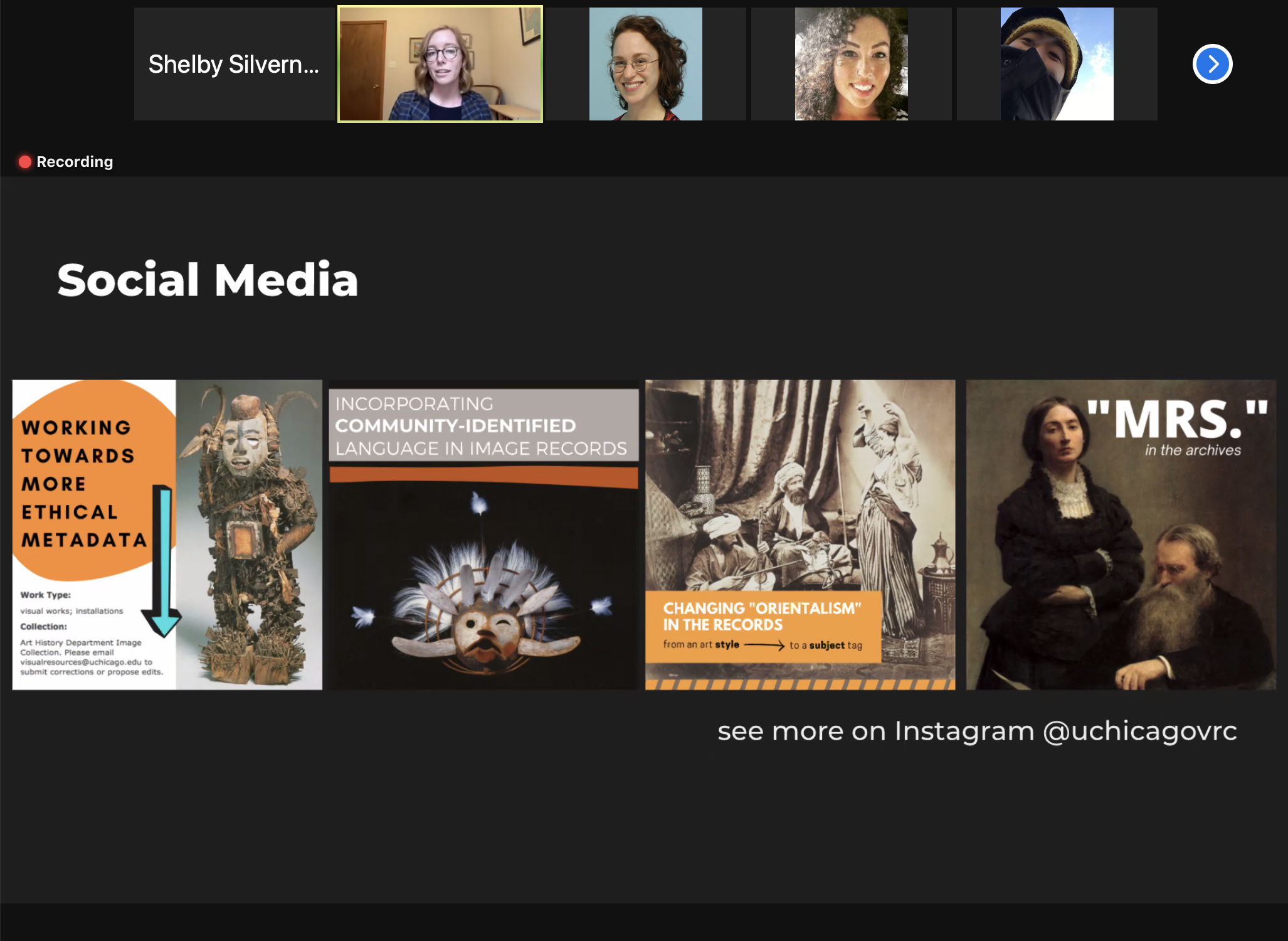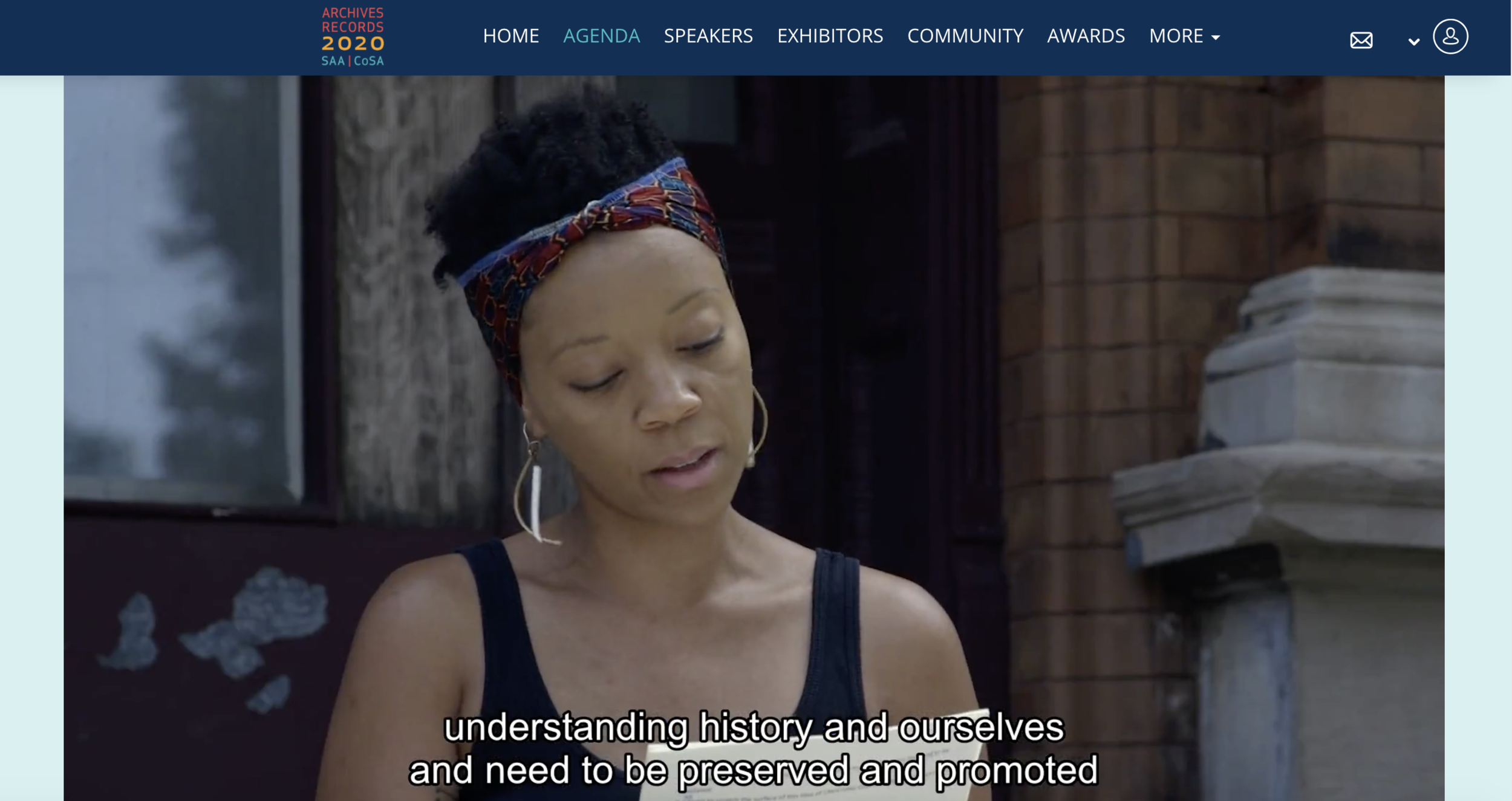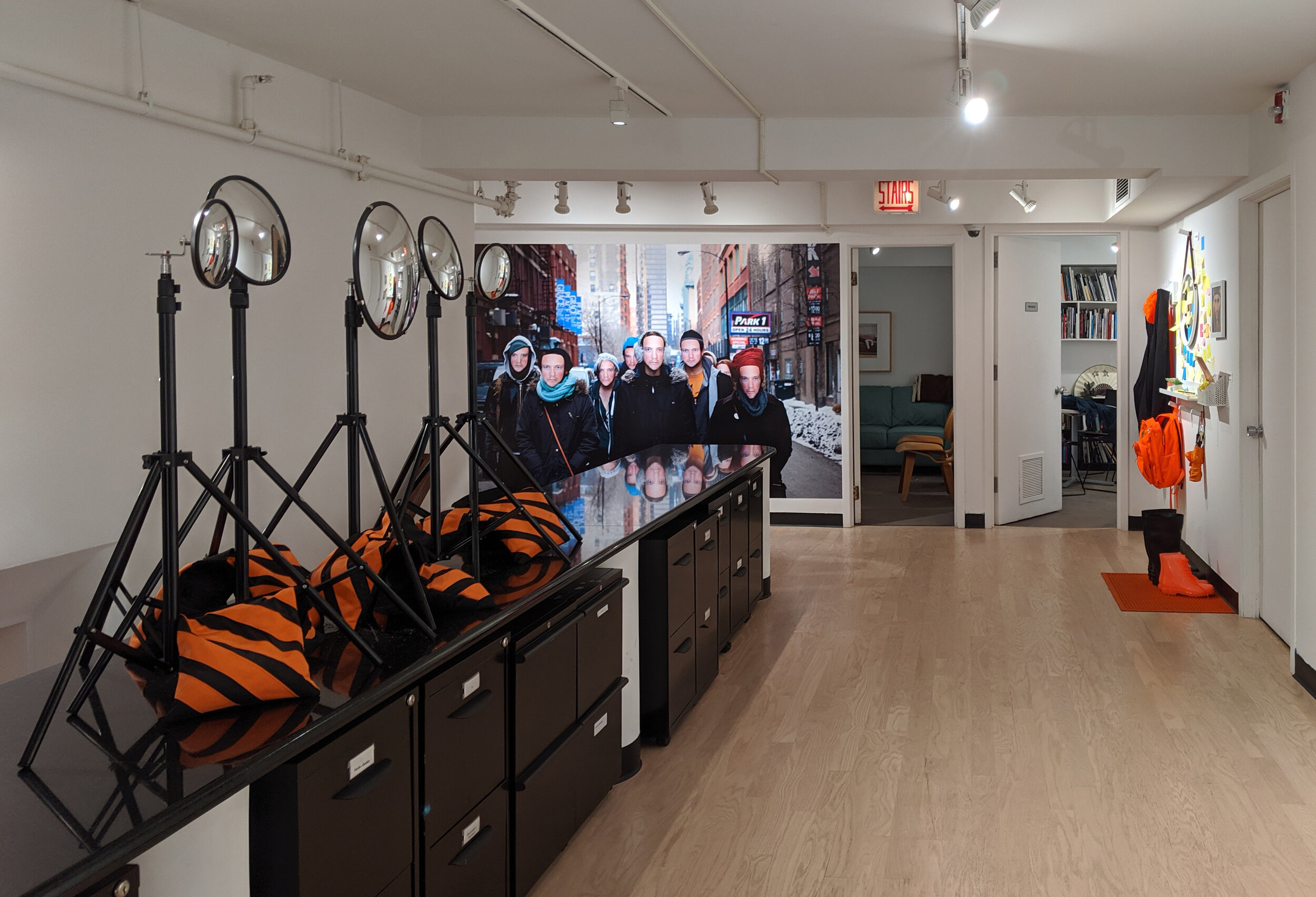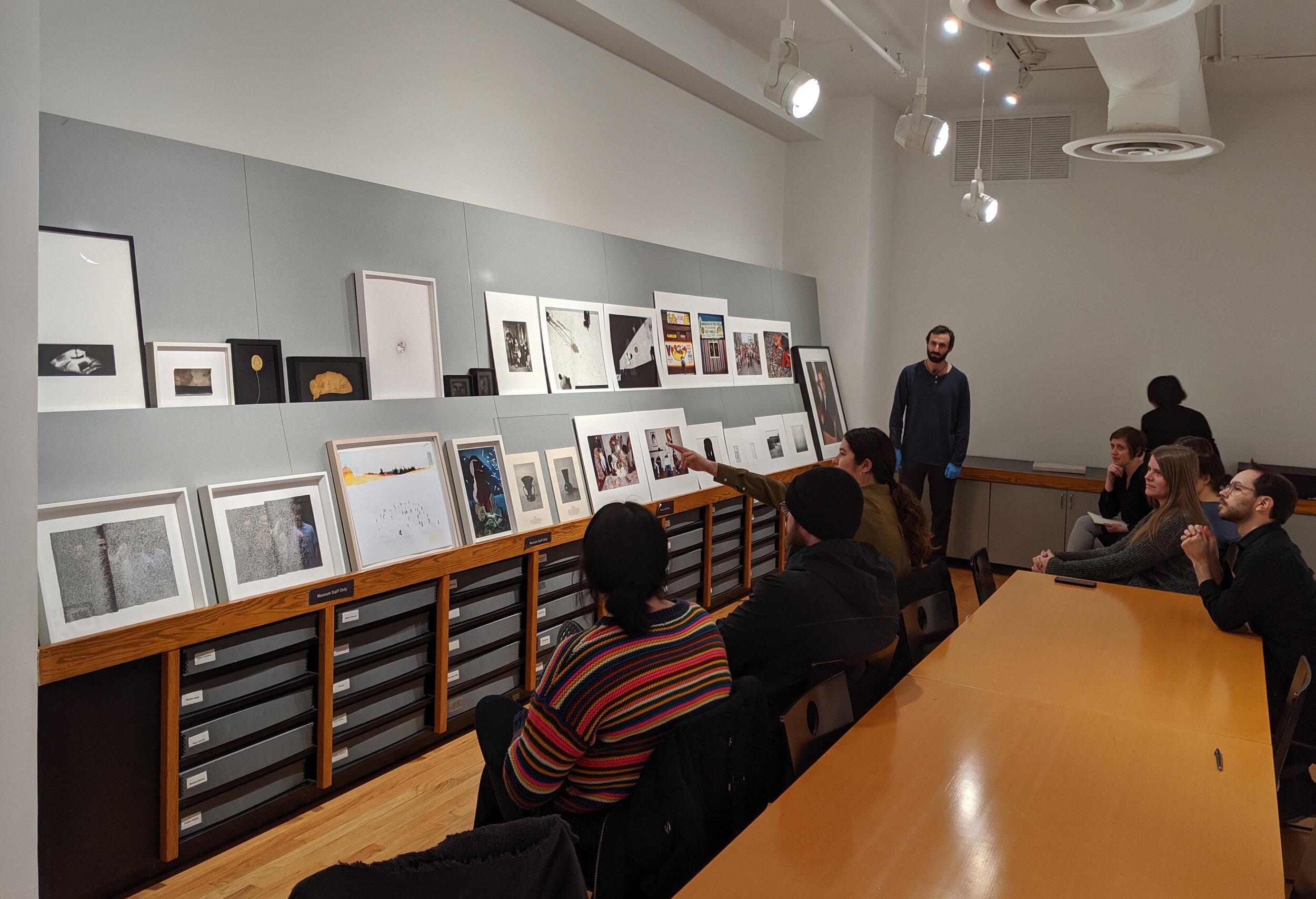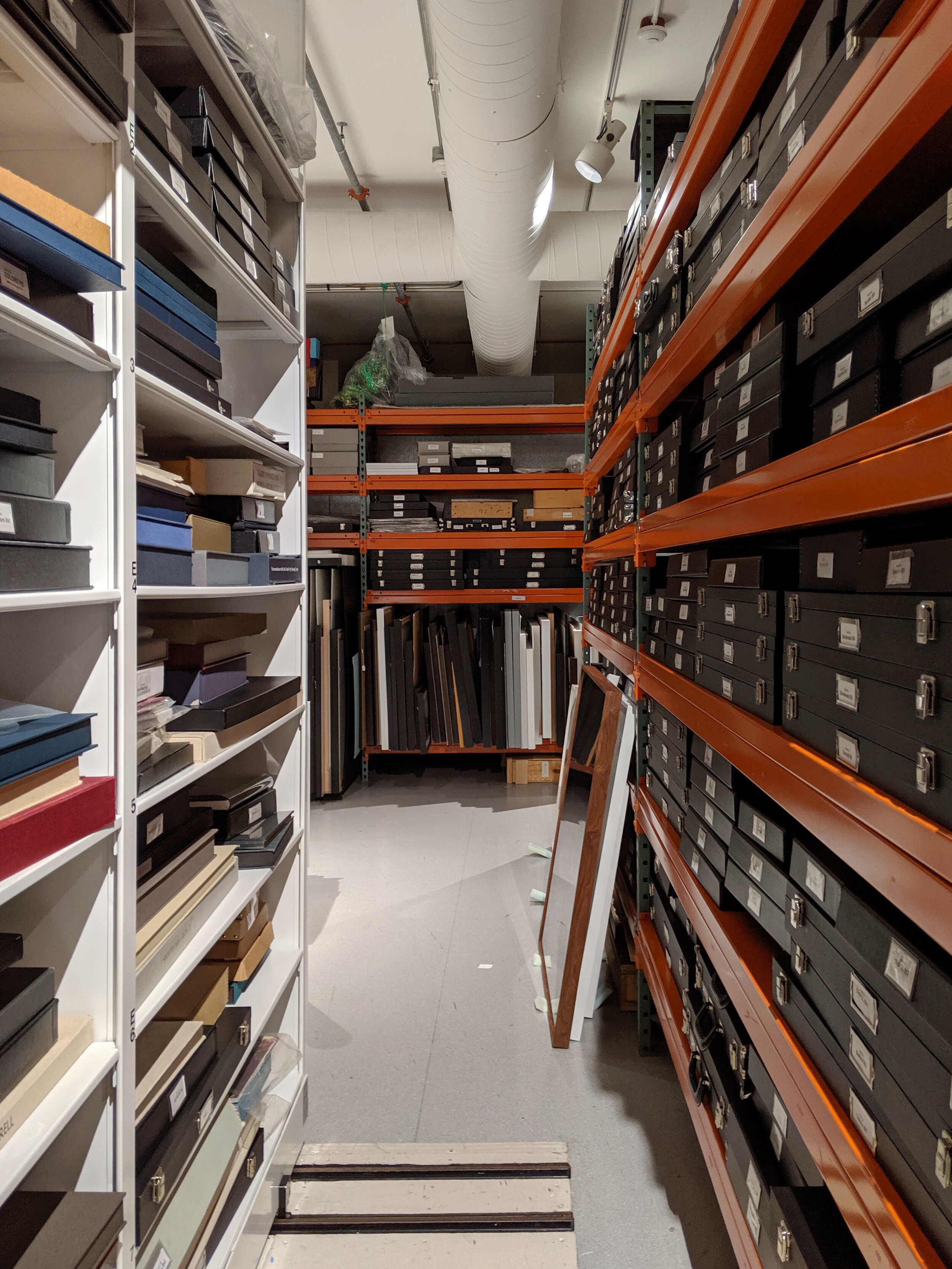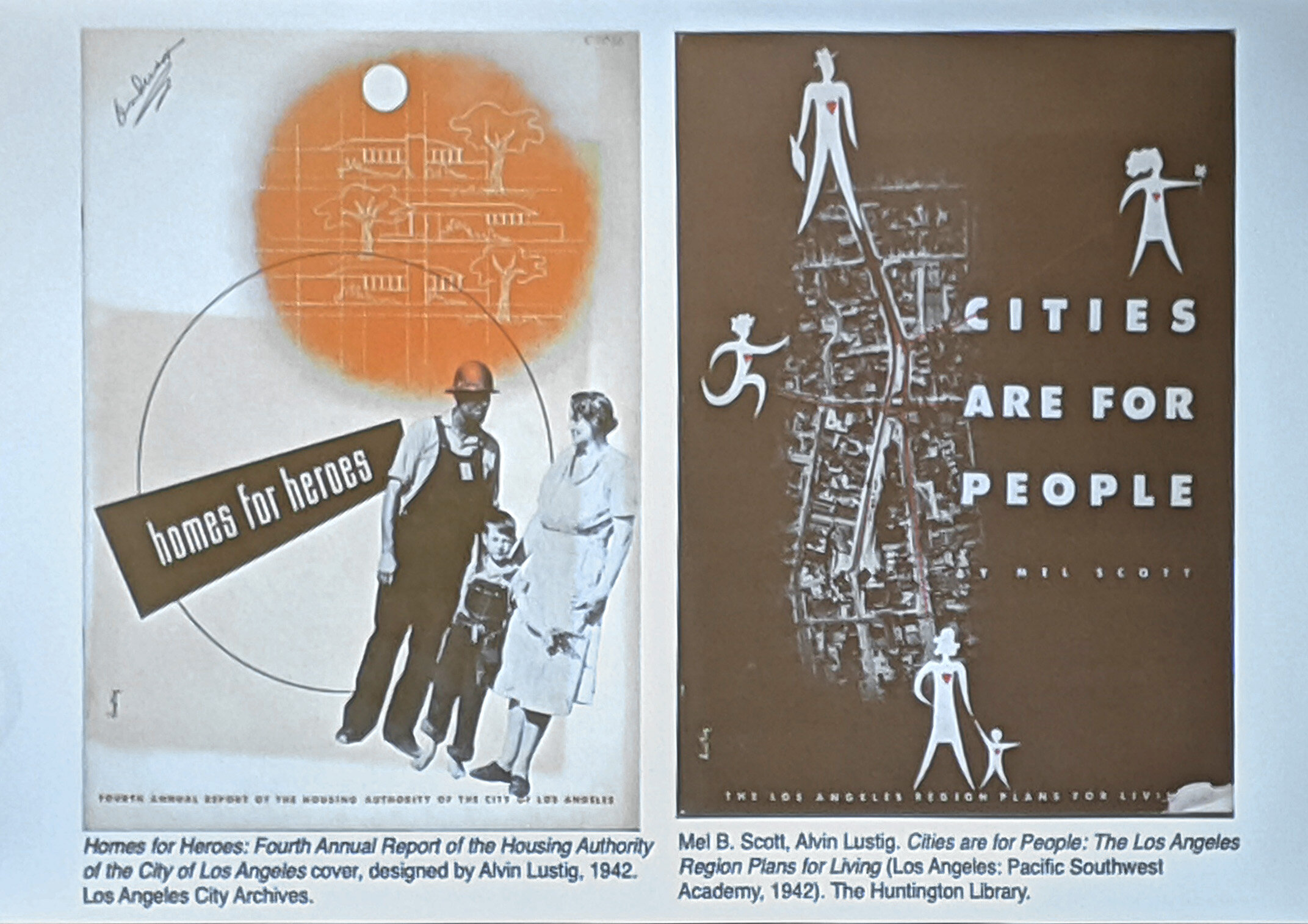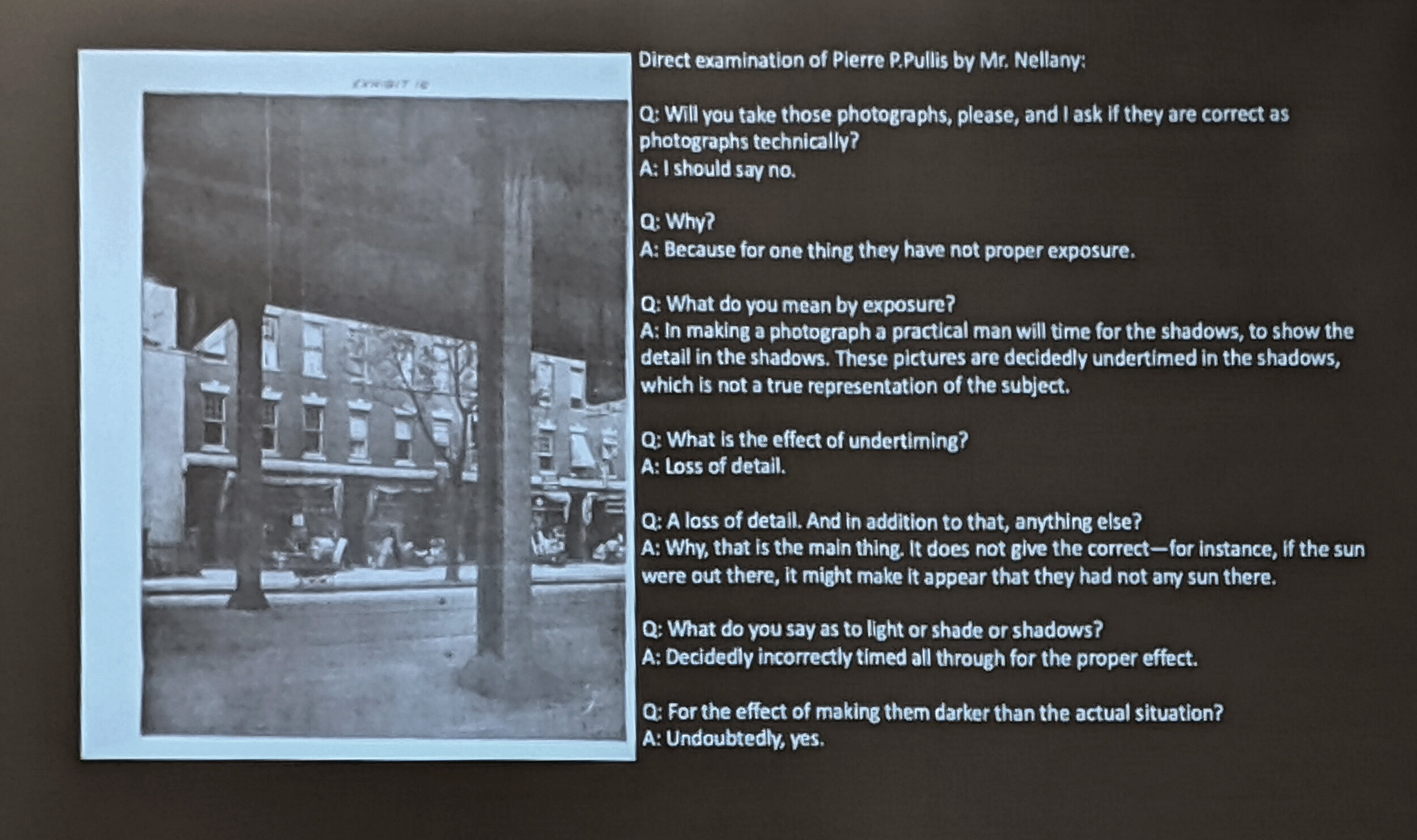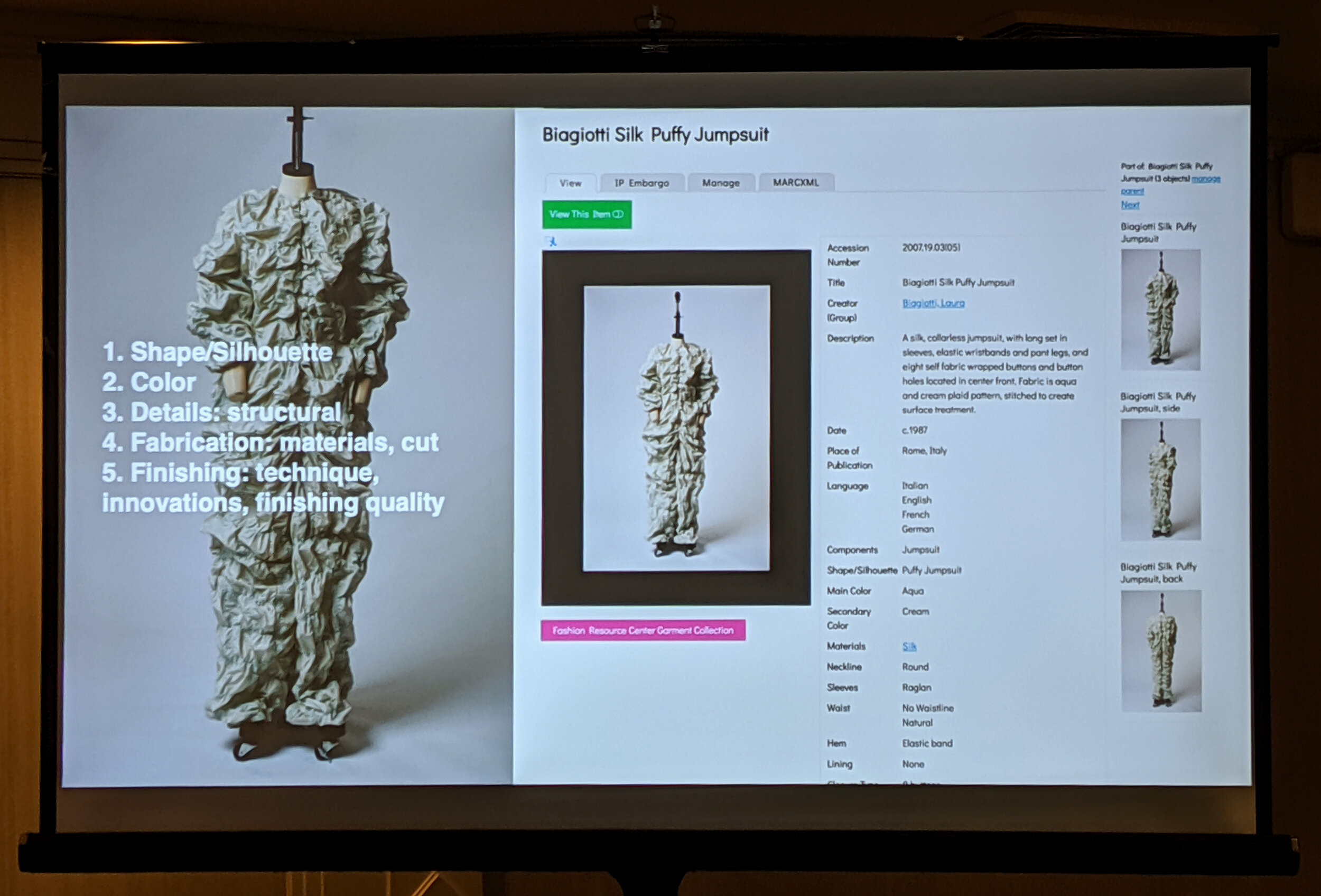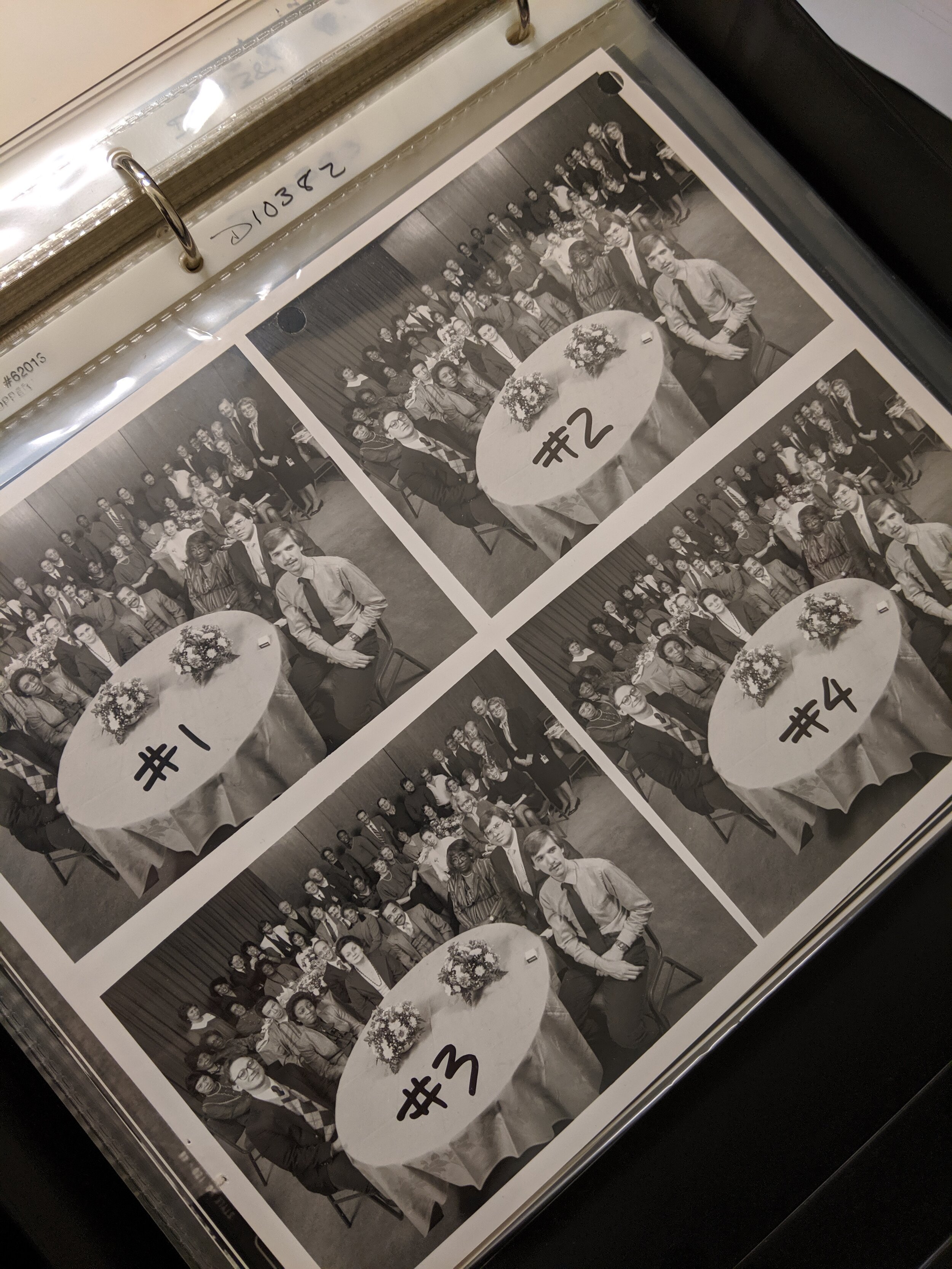When I first started working at Cultivate Learning, I was introduced to a short course that had been modified for our department on accessibility. It had originally been created for professors in Washington state, but because Cultivate Learning staff create resources for educators across the country, it’s understood that these resources need to be created with accessibility in mind. I decided to work on the course along with my other onboarding materials, and it proved to be very practical and helpful.
The first portion of the course covered the basics: what accessibility is, why it matters, and the overlap and difference between accessibility and accommodation; types of disabilities and barriers; assistive technology; accessible design principles and universal design; and relevant laws and policies. I had some basic understanding of some of this content, but it was incredibly useful having so much of this foundational knowledge bundled together, along with lots of helpful additional links and resources. After reviewing this portion of the course, I felt like I had a much better understanding of accessibility, especially as it relates to educational contexts.
The second part of the course dove into more specifics around the how of accessibility, focusing specifically on the creation of digital content. We covered information on how to create accessible Word documents, PDFs, PowerPoint presentation decks, videos, images, and websites. Some of this content was a review from when I took the HTML and CSS course in grad school. Since it had been a few years, I was definitely rusty, and it was great having the chance to put accessibility steps into practice with hands-on exercises. In particular, I had never made an accessible PowerPoint presentation before, and I learned where specific tools were located and factors to keep in mind (slide titles, element reading order, etc). I was able to learn more about the creation of helpful alt-text through seeing examples and trying it out myself, and it was drilled home how important the use of headings and structure is across so many different types of digital files. I also had the chance to add captions to a video, a first for me.
Screenshots of different orientation and support materials I created for our digital asset management system, which included both accessibility and universal design principles (upper left: PDF summary structured with headings, upper right and lower left: PowerPoint decks with written instructions and screenshots with alt-text, lower right: captioned narrated video).
Our final assignment for the course asked us to evaluate and commit to ways in which we could make our day-to-day work more accessible. I outlined how I would make email correspondence and documentation on our digital asset management (DAM) system and its surrounding protocol and policies accessible. I also committed to making training materials for our DAM system using both accessibility and universal design principles. I recently followed through with this through the creation of a set of multimedia orientation and support content for standard users of the system. This includes narrated videos, detailed written instructions with screenshots, and brief silent video clips on a range of topics about the system: an overview of what DAM is, a tour of the interface, as well as basics on how to search the system, share and download assets, and create virtual collections. All this content was bundled into PowerPoint decks and a PDF which contained links to all the materials, all of which was made as accessible as possible. It was a fun challenge to think through all of the aspects of this project and find as many ways to make this information clear and engaging.
I’m grateful to have had the chance to take this course as part of my onboarding, as accessibility is key to my role in making information available to the folks who need it. I knew I was a novice around many of these issues, and while I have a much better understanding of some basics, these modules have fostered an even greater sense of curiosity and excitement around learning more. As is the case with so many factors and identities to be considered in fostering inclusion, lifelong learning and ongoing tangible application is necessary.





